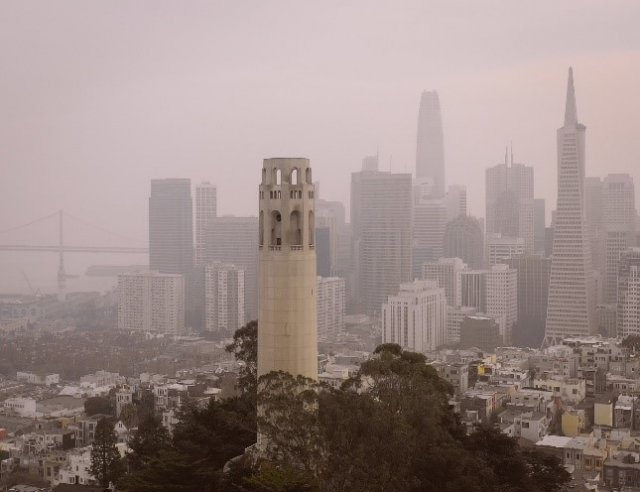About the Wildfire Smoke Course
- Course Objectives
- How to Use this Training
- Continuing Education (none currently available)
Course Objectives

Upon completing this course, you will be able to do the following:
- Identify why wildfire smoke exposure is a public health and clinical concern.
- Identify groups at greater risk from particle pollution in wildfire smoke.
- Describe at least two health effects that can occur in the general population when exposed to wildfire smoke.
- Describe at least two health effects that can occur in patients with cardiovascular or respiratory disease, older adults, children under 18 years of age, pregnant women, outdoor workers, or those of lower socio-economic status when exposed to wildfire smoke.
- Explain why and how to use the Air Quality Index for advising patients to reduce exposure and protect their health during periods of wildfire smoke.
- List actions patients can take in advance to prepare for and reduce exposure to wildfire smoke.
- Identify strategies patients can take to reduce exposure when levels of wildfire smoke are unhealthy.
- Describe the importance of interprofessional collaboration for increasing the effectiveness of clinician advice to patients on how to reduce health risk during wildfire events.
How To Use This Training
You can complete this course in order by using the NEXT and PREVIOUS links at the bottom of each page, or you can use the links below or to the left to take the training in whatever order you choose. It takes about 45 minutes to complete the course.
- Public Health Impacts of Wildfire Smoke - Discusses why wildfire smoke is a health concern, health effects attributed to wildfire smoke, and which populations and life stages are at greater risk of experiencing health effects due to wildfire smoke exposure.
- Air Quality and Smoke - Discusses challenges in predicting smoke concentrations, the importance of educating patients in wildfire-prone areas, and the Air Quality Index.
- Reducing Exposure to Wildfire Smoke - Discusses steps to take before and during a wildfire to reduce exposure both indoors and outdoors.
- Resources - Includes links to factsheets, related websites and other publications.
- Knowledge Check Questions - 15 questions to test your knowledge. Take them before you start the course or tackle them as part of the course when you go through the sections in order by using the NEXT and PREVIOUS links at the bottom of each page.
- References - Lists references for the course.
Continuing Education
There is not currently any continuing education available for this course.
